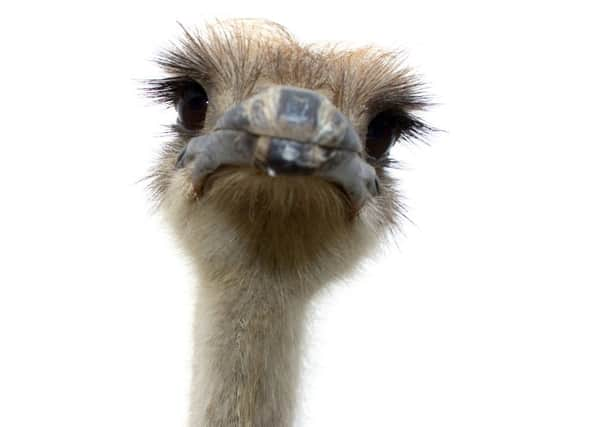Why we think an ostrich buries its head in the sand


It is the largest and heaviest living bird and was once known as the “camel bird” because of its long neck, prominent eyes and sweeping eyelashes, as well as its jolting walk.
Also, like camels, it can tolerate high temperatures and can go without water for long periods of time.
Advertisement
Hide AdAdvertisement
Hide AdNative to Africa, ostriches are found in savanna and desert regions where they graze among giraffes, zebras, wildebeest and gazelles.


As it is so heavy this flightless bird can never take to the skies, instead, it is built to run. Its long, thick and powerful legs can cover great distances without much effort and its feet have only two toes for greater speed.
Ostriches can sprint in short bursts up to 43 miles per hour and y can maintain a steady speed of 31 miles per hour. Just one stride can be 10 to 16 feet – that’s longer than many rooms!
When danger threatens ostriches can escape pretty easily by running away. Ostrich chicks can run at speeds approaching 35 miles per hour at just a month old!
Advertisement
Hide AdAdvertisement
Hide AdThe life span is 30 to 40 years and the number of young at hatch are up to 60 from different females in a common nest.
Although they cannot fly, they hold their wings out to help them balance when they run, especially if they change direction.
It is a myth that they put their heads in the sand when they sense danger, but they flop to the ground and remain still, with their heads and necks flat on the ground in front of them.
Because the head and neck are lightly coloured, they blend in with the colour of the soil. From a distance, it looks like the ostrich has buried its head in the sand, because only the body is visible.